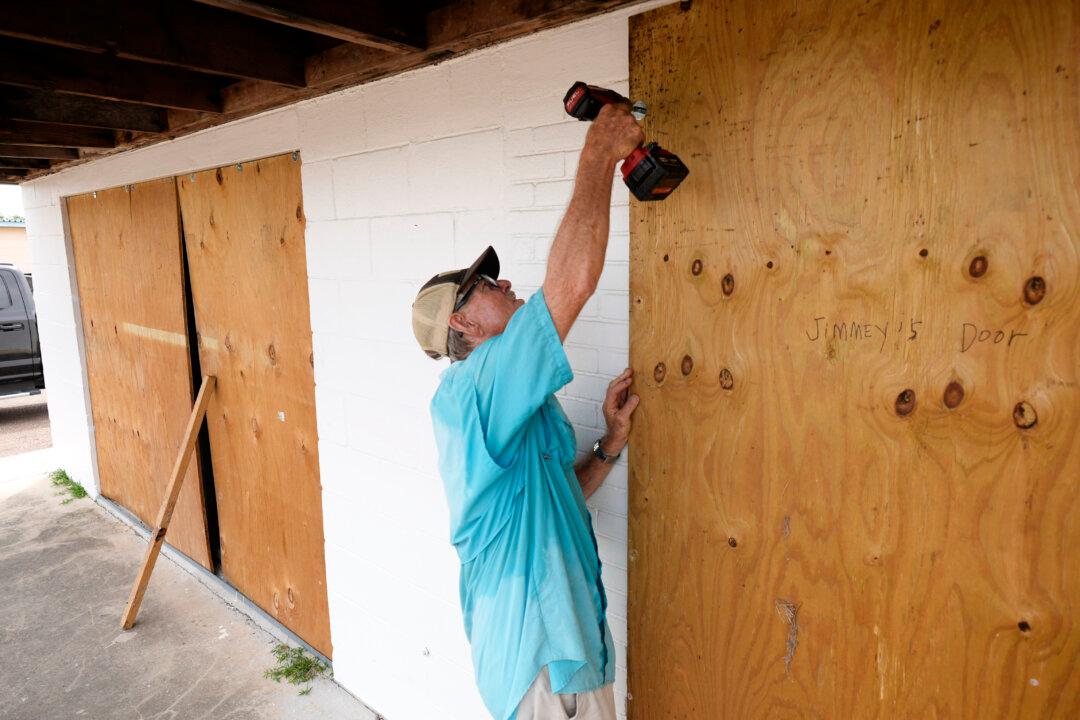Tropical Storm Beryl is forecast to re-strengthen into a hurricane before it plows into Southern Texas early on the morning of July 8, while forecasters say that the storm will affect states as far north as Michigan and Ohio later in the week.
The system was about 130 miles south-southeast of Matagorda and 135 miles east-southeast of Corpus Christi, Texas, as of 5 p.m. EDT, according to the National Hurricane Center (NHC) in an update on July 7.





